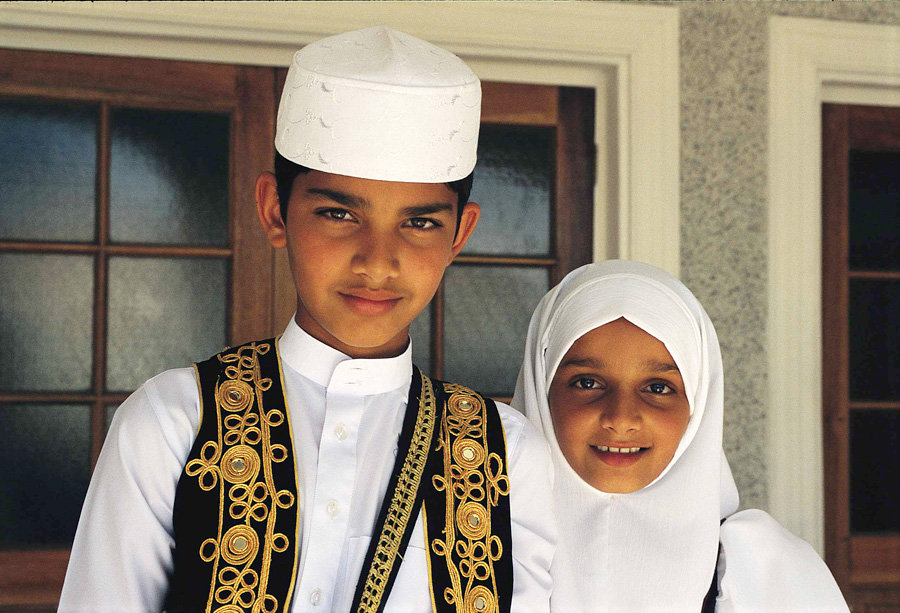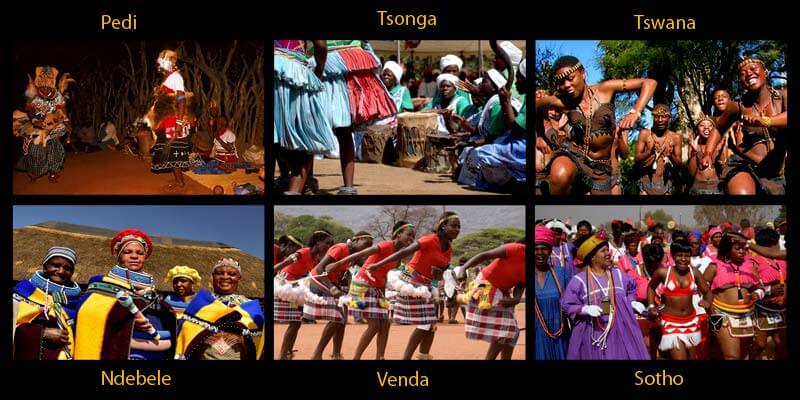All About South African Culture Today
All About South African Culture Today
Blog Article
The Of South African Culture Today
Table of ContentsAll About South African Culture TodayThe 15-Second Trick For South African Culture TodayThe 20-Second Trick For South African Culture TodayThe 30-Second Trick For South African Culture TodayGet This Report about South African Culture TodayThe Ultimate Guide To South African Culture Today
This adheres to with singing and drum whipping. The groom and bride after that fulfill with the elders and speak concerning the importance of their union. A matter of importance in Zambian villages is the diing of enjoyed ones. All participants of the village put cash, time and initiative together for the funeral of the deceased.Music and dance is a very vital facet of the Zambian society. The numerous tribal systems have their own dance forms; nonetheless, makishi is usual among all people.
Not known Details About South African Culture Today
When it comes to songs, drums are made use of the most, with a range of drumming events. In Zambia, majority of individuals are Christian; Protestant and Roman Catholic. There are tiny teams of Muslims and Hindus, with the remainder adhering to local indigenous tribal ideas.

South African heritage and culture is profoundly varied, and is composed of several teams of people who each have their own customs and beliefs. Having such a variety of people and societies is what makes South Africa so one-of-a-kind. In the real feeling of the expression, we are a rainbow country.
South Africa has about 3 hundred thousand Portuguese people living in it. Making it the 7th on the checklist of nations with the most Portuguese people in it outside of Portugal. Portuguese is not just a society, but it is additionally a language and a race. Portuguese people originate from the country of Portugal in Europe, however, due to Portugal (like several other countries in Europe) discovering the globe and dominating various other countries during the 15th 20th centuries, South Africa has what we call Portuguese South African's living in it.
The Only Guide to South African Culture Today
Among the popular attributes of the topography is a plateau that covers almost 2 thirds of the center of the country. The plateau facility climbs toward the southeast, where it culminates in the Drakensberg range, part of an escarpment that divides the plateau from the coastal areas. The Drakensburg consists of Champagne Castle, the highest possible peak in the country.
The area north of the Witwatersrand, called the bushveld, inclines downward from east to west toward the Limpopo River, which creates the international boundary. The western area of the plateau, the middleveld, also descends in the direction of the west and differs in altitude in between the highveld and bushveld. Between the Drakensburg and the eastern and southerly shoreline, the land comes down to the sea.
Nearer the shore there is a low-lying level called the eastern lowveld. Southwest of the plateau the nation comes to be gradually a lot more arid, offering way to the stony desert of the Great Karroo, approached the eastern by the reduced, better watered plateau of the Little Karroo. Separating the dry southern interior from the sandy littoral of the southern coastline and West Cape is an additional range, the Langeberg.
Top Guidelines Of South African Culture Today
The nation's racially, ethnically, and politically split background has actually created national and subnational symbols that still function as signs of the nation, and others symbols that are approved just by particular groups. The monuments to white settler have a peek at this site conquest and political dominance, such as the Afrikaner Voortrekker ("leader") Monolith in Pretoria and the Rhodes Monument honoring the British colonial empire contractor and these details Cape prime minister Cecil Rhodes, remain sectarian symbols.
The first modern-day occupants were the San ("bushman") hunter-gatherers and the Khoi ("Hottentot") peoples, that rounded up livestock (South African culture today). The San may have existed for countless years and left evidence of their presence in hundreds of ancient cavern paints ("rock art"). Bantu-speaking clans that were the ancestors of the Nguni (today's amaZulu, amaXhosa, amaSwazi, and vaTsonga individuals) and Tswana-Sotho language groups (today's Batswana and Southern and Northern Basotho) migrated down from east Africa as very early as the fifteenth century

Both previous republics of the Orange Free State and Transvaal (South African Republic) were established by Afrikaner inhabitants who defeated and dispossessed the Basotho and Batswana. Lesotho would certainly have been by force incorporated right into the Orange Free State without the extension of British security in 1869. The best unification of the country arised from the South African Battle (18991902) in between the British and the two Afrikaner republics, which lowered the country to spoil at the start of the twentieth century.
Afrikaners traditionally considered themselves the just true South Africans and, while approving full citizenship to all residents of European descent, rejected that condition to people of color up until the democratic change of 1994. British South Africans keep a feeling of social and social connection to Great Britain without compromising their identification as South Africans.
The Buzz on South African Culture Today
The variety and fragmentation within ethnic collections and read more the balance of tensions between those teams throughout the twentieth century avoided interethnic civil conflict. While intergroup tensions over sources, entitlements, and political dominance remain, those conflicts are as most likely to pit Zulu against Zulu as Zulu versus Xhosa or African versus Afrikaner.
From colonial India, British vendors and administrators brought the bent steel decorative roofing systems and slender shoelace job pillars that still symbolize the outdoor patios of homes arounds and cities throughout the country. Holy places add a vital building facet also in the smallest communities. In enhancement to the soaring steeples and classic stonework of Afrikaans Dutch Reformed churches, Anglican churches, synagogues, mosques, and Hindu temples offer variety to the religious building scene.

Slaughtering and the brewing of standard cereal beer are vital in safeguarding the engagement and a good reputation of the forefathers who are taken into consideration the guardians of excellent ton of money, prosperity, and wellness. Indian areas keep their native culinary practices and use them on Islamic and Hindu routine and ceremonial celebrations. Afrikaners and Coloured individuals collect at weekends and special celebrations at multifamily barbecues called braais, where community bonds are strengthened.
Since this was the main financial venture of both black Africans and white homesteaders, problem between those groups fixated the property of grazing land and animals. In 1867, the biggest diamond deposits on the planet were uncovered at Kimberley in the west main area. The wealth from those fields helped finance the exploitation of the best gold reef on the planet, which was found on the Witwatersrand in 1886.
Getting My South African Culture Today To Work
This caused misconceptions and calculated misrepresentation in the dealings of white inhabitants and government authorities with African chiefs throughout the colonial period (South African culture today). In the facility of African books, some aspects of communal and primarily "tribal depend on" land tenure were maintained, and also in white backwoods, forms of public tenure were still practiced in areas with African communities
After the autonomous improvement of 1994, programs for land restitution, redistribution, and reform were instituted, yet development has been sluggish. The white minority still manages eighty percent of the land. In the wake of farming land invasions in Zimbabwe, the Division of Land Affairs has actually promised to speed up land redistribution.
Report this page